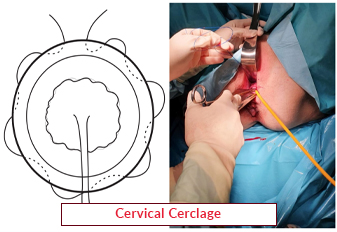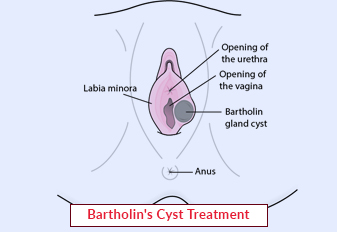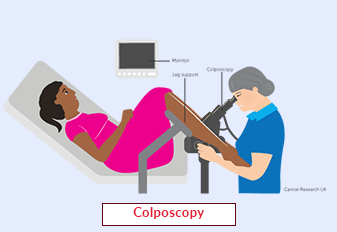Cervical Cerclage

Cervical cerclage, also known as a cervical stitch, is a surgical procedure performed to reinforce the cervix and prevent it from prematurely opening during pregnancy. This procedure is commonly used to manage cervical insufficiency, a condition where the cervix is weak or unable to support a growing fetus. This article explores the concept of cervical cerclage, its significance in promoting a healthy pregnancy, and the procedure involved in this preventive measure.
Cervical cerclage is a surgical procedure used to reinforce the cervix in pregnancy, reducing the risk of premature birth or miscarriage in women with a history of cervical insufficiency or certain cervical issues. The cervix is the lower part of the uterus that opens during labor to allow the baby to pass through the birth canal. This procedure involves stitching around the cervix to provide support and strengthen its structural integrity.
Book an AppointmentAbout Cervical Cerclage
Cervical cerclage is a technique used to reinforce the cervix and prevent it from dilating prematurely. The cervix plays a crucial role in supporting a pregnancy by remaining closed until labor begins. In cases of cervical insufficiency, the cervix may start to dilate too early, increasing the risk of preterm birth or miscarriage. Cervical cerclage is performed to provide structural support to the cervix and maintain its integrity throughout the pregnancy.
The procedure is typically performed under spinal or general anesthesia and involves placing sutures (stitches) around the cervix. The cerclage is usually removed at around 37 weeks of gestation or earlier if there are signs of labor or other complications.
While cervical cerclage can significantly reduce the risk of premature birth, it's not without risks. Potential complications include infection, bleeding, premature rupture of membranes, or irritation of the cervix.
Types of Cervical Cerlage
There are different types of cervical cerclage:
-
Prophylactic or Elective Cerclage: Performed early in the pregnancy, usually between weeks 12 to 14, for women with a history of cervical insufficiency but no current signs of cervical changes.
-
Emergency or Rescue Cerclage: Done when signs of cervical changes, such as shortening or dilation, are observed later in pregnancy. This is often a riskier scenario, but the cerclage can still be beneficial in preventing preterm birth.
- Transabdominal Cerclage: Reserved for cases where traditional cerclage methods aren't feasible or have failed. It involves placing a band around the cervix through an abdominal incision.
Procedure of Cervical Cerclage
Cervical cerclage is a surgical procedure performed to reinforce the cervix during pregnancy, reducing the risk of premature birth or miscarriage in women with cervical insufficiency or certain cervical issues. The procedure involves the following steps:
-
Timing: Cervical cerclage is usually performed between the 12th and 14th weeks of pregnancy, although it can be done up to the 24th week in certain cases. The timing depends on the individual's medical history and the assessment of cervical length.
-
Anesthesia: Cervical cerclage can be performed under general anesthesia, regional anesthesia (such as epidural or spinal anesthesia), or local anesthesia, depending on the preference of the patient and the healthcare provider.
-
Surgical Technique: The procedure can be performed using different techniques, including the McDonald or Shirodkar method. In the McDonald technique, a suture is placed around the cervix and tightened to provide support. The Shirodkar technique involves a more extensive surgical procedure, where a small portion of the cervix is dissected to create a tunnel for the suture.
-
Post-Procedure Care: After the cervical cerclage, the patient may be advised to limit physical activity, avoid heavy lifting, and abstain from sexual intercourse to minimize the risk of complications. Regular prenatal check-ups and monitoring of cervical length will be conducted throughout the pregnancy.
-
Removal of Cerclage: In some cases, the cervical cerclage is removed near the end of the pregnancy, either through a planned procedure or during labor. This allows the cervix to dilate naturally for the delivery of the baby.
Cervical Stitch Removal Procedure
Cervical stitch removal, typically done in the later stages of pregnancy or when the risk of preterm labor has reduced, involves a quick and relatively painless procedure. Using a speculum, the healthcare provider accesses the cervix, carefully cuts and removes the stitches placed during the cervical cerclage. This removal is often a straightforward outpatient procedure, lasting a few minutes, and is generally well-tolerated by the patient without the need for anesthesia. After removal, the cervix is monitored to ensure it remains closed, and further precautions may be advised to prevent premature labor.
Require Assistance?
Get A Quick Callback From Our Healthcare Experts






